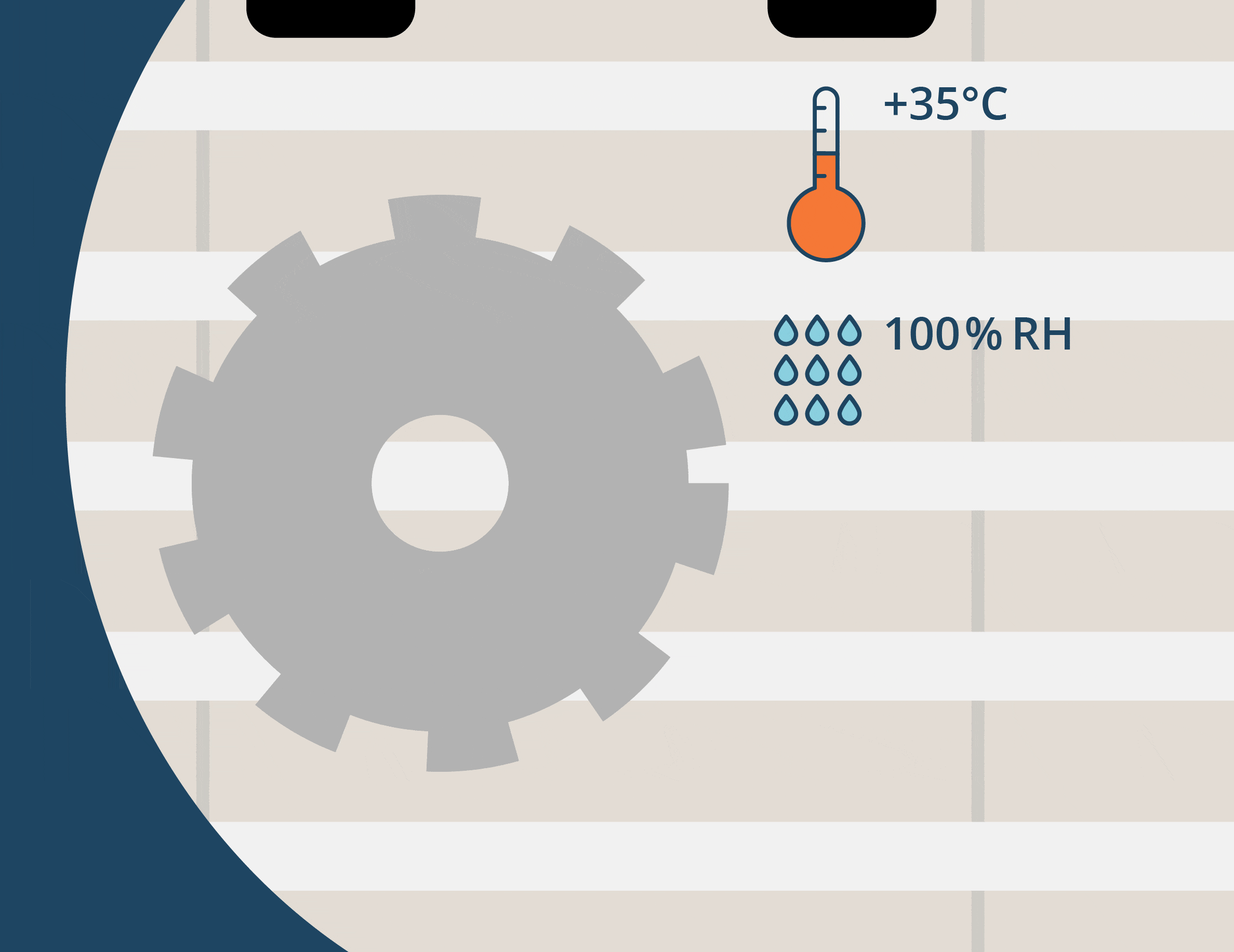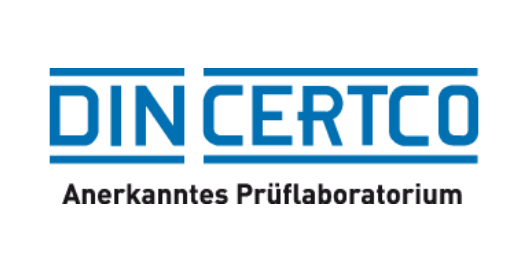Salt spray test: Detecting the smallest gaps in the coating
Rust inevitably develops where there are weaknesses in the coating
The salt spray chamber is used to ensure that the smallest weak points in the coating of the metal are detected. Metal can rust, especially when gaps in the coating make this possible. With a corrosion test in our salt spray chambers, we offer you reproducible test results you can rely on.

When is the best time for a salt spray test?
Such standardized corrosion testing can be useful at any stage of your product cycle. Already in the early development phase, a salt spray test helps to select the optimal coatings and materials.
The same applies to the testing of initial prototypes and the performance of the necessary qualification tests required in various industries, such as aviation, automotive, shipbuilding or the military.
Technical flexibility for every requirement
The test typically has the following key data:
- Test type: Neutral salt spray test
- Test solution: Sodium chloride solution 50±5 g/l
- Purity of sodium chloride: 99.8 % Density of test solution: 1.029 to 1.036
- pH value test solution 6.5 to 7.2
- Conductivity of deionized feed water Max. 20µS/cm
- Test temperature in °C 35±2
- Sodium chloride solution collection rate 1.5±0.5 ml/h on 80 cm².
- Corrosiveness of the chamber Mass loss: 70±20 g/m² with reference sheets

Testing Standards & Equipment:
- DIN EN ISO 9227
- MIL STD 810 (Salt Fog)
Testing capabilities:
- Corrosion tests
- Salt Fog Testing
- Condensation tests
- Condensation water tests
- Climate change tests
Key data:
- Test room (2.16 x 0.98 x 1.35 ) m
- Test chamber volume: 2000 liters
- Temperature up to + 70°C
- Climatic range up to + 60°C / 100 % r.H.

Your contact
Tim Köhler
M. Eng.
Head of Laboratory
Shipping and Environmental Simulation
We find answers for your questions
We convey competence, put packaging in focus and find answers to your questions - authentically, honestly, competently and without digressing. So that we can answer your questions, examine your products and expand your knowledge of packaging, send us your e-mail address and we will get back to you.
We are already looking forward to your very individual challenge!

Our accreditation & certifications

Accreditation
The German Accreditation Body (DAkkS)
is the national accreditation authority
of the Federal Republic of Germany.

Certification

